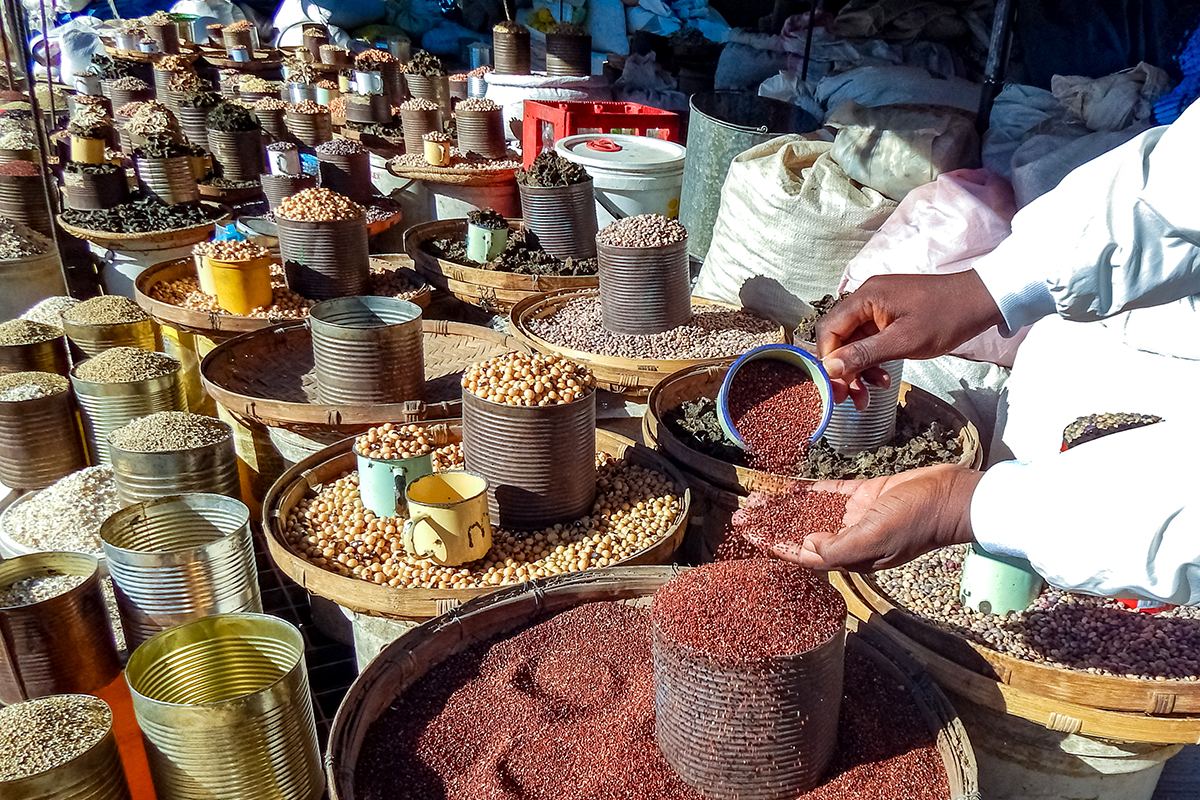By Anesu Pedzisayi
The Southern Africa Development Community (SADC), as reported, has recently been experiencing high temperatures, and Zimbabwe has not been an exception, with humans, livestock and vegetation having to bear the severe heat. Climate change has also been a topical issue across the continent, with the last United Nations General Assembly (UNGA) including climate change on its agenda.
Because of the severity of climate change, most countries have been working on implementing measures that would address food shortages, human and wildlife conservation as well as protecting water sources at a time when water is projected to be a scarce resource in the near future.
In Zimbabwe, there has been a growing call for farmers to look into and invest in growing drought resistant crops so as to cover up on the effects of climate change and below normal rainfall patterns being predicted.
During the ZimTrade Exporters Conference in Bulawayo recently, President Emmerson Mnangagwa spoke of the need to grow traditional grains. In his speech he said, “to strengthen our resilience to climate change, Government is encouraging communal A1 and A2 farmers to grow traditional grains. The implementation of the irrigation development program will also be accelerated.”
Traditional grains in Zimbabwe, also known as small grains like sorghum and wheat have come highly recommended to be part of the main crops that farmers should prioritise. According to the Zimbabwe Resistance Building Fund (ZRBF) 2018 report, “small grains are ranked second staple cereal crops after maize in Zimbabwe and play a pivotal role in the Zimbabwe’s food security and nutrition.”
Small grains are not new to most families’ especially rural communities, who have always subsidized maize with small grains in their households. Most urban households have also taken up the desire to supplement their diets with small grains, on the basis that they have come highly recommended as healthy and nutritious compared to maize-meal.
Besides their function as healthy food crops, small grains are also used as cattle and chicken’s feed as well as fodder. Small grains require less water, thus can be produced under drought conditions. Recently, there were reports of significant wheat shortages in the country, resulting in large imports from countries as far as Brazil. Zimbabwe has the potential to grow its own wheat and cover the food security gap.
In an article from the Sunday News on the 27th of October 2019, Matabeleland South Province reportedly has lost 65 percent of its herd since 1992, with drought destroying close to 5 000 cattle this year alone. This has shown the severity of the drought and the need for farmers to invest in more crops that can feed livestock, as well as building water reservoirs that can sustain them during harsh weather conditions.
Small grains may also add to the export industry, where farmers would end up supplying them to neighbouring countries. Reports from the Silo Food Industries during the Zimbabwe International Trade Fair (ZITF), showed that the industry had recorded highest profit margins on small grains, with the last farming season seeing the distribution of about 20 000 tonnes of seed to make sure the small grains on the market were fairly priced.
It is important that the Ministry of Agriculture, through Agricultural extension officers, carry out extensive educational workshops and campaigns to encourage more farmers to take up small grains farming. The Command Agriculture scheme should also accommodate and prioritise small grain farmers, so as to boost food security in the country.




